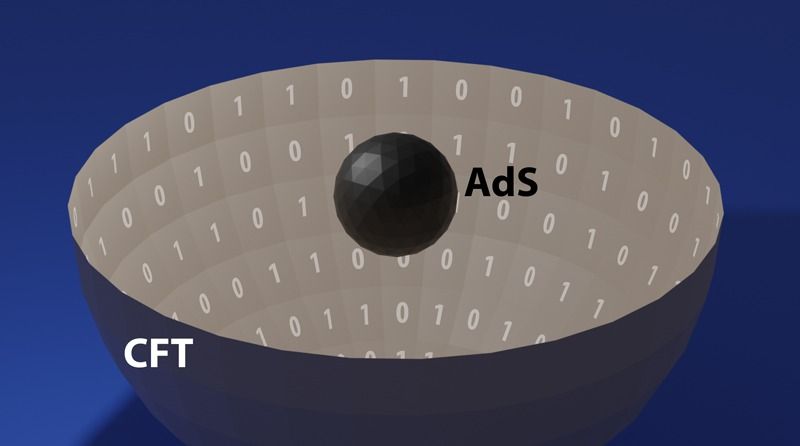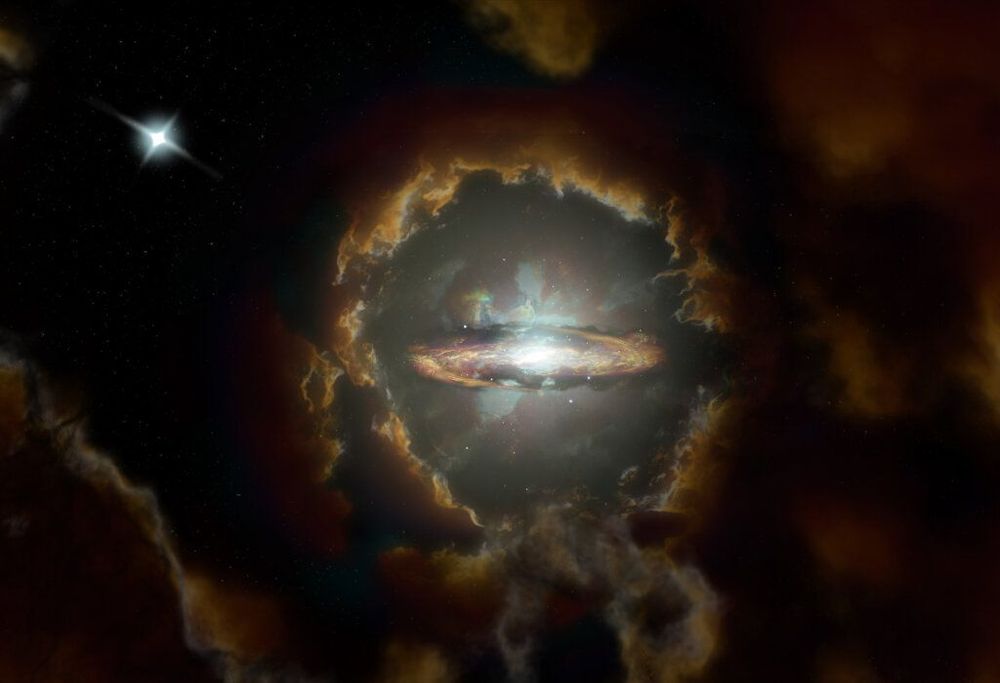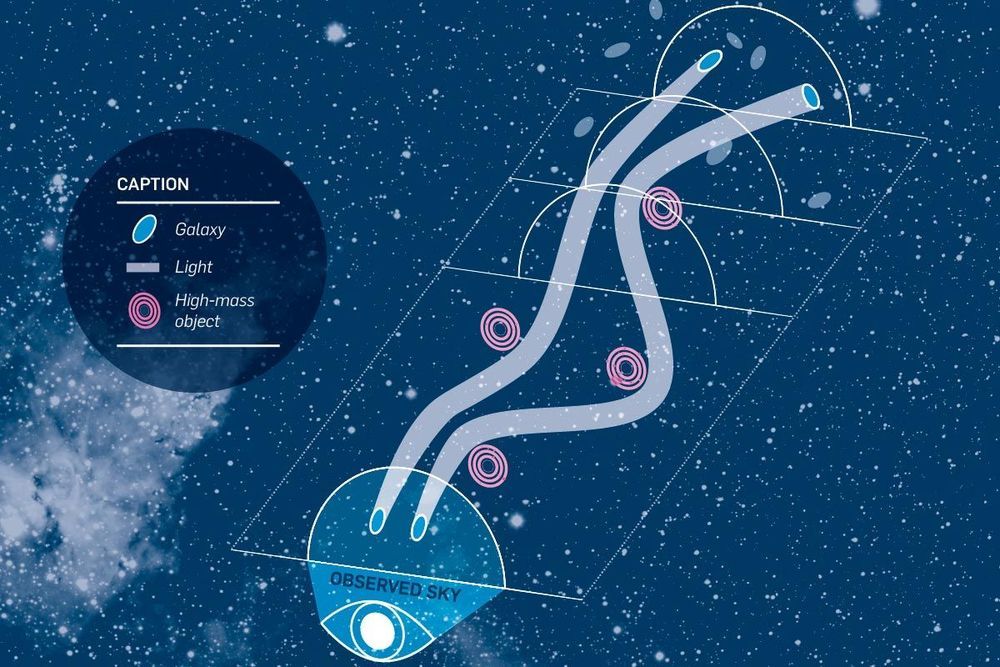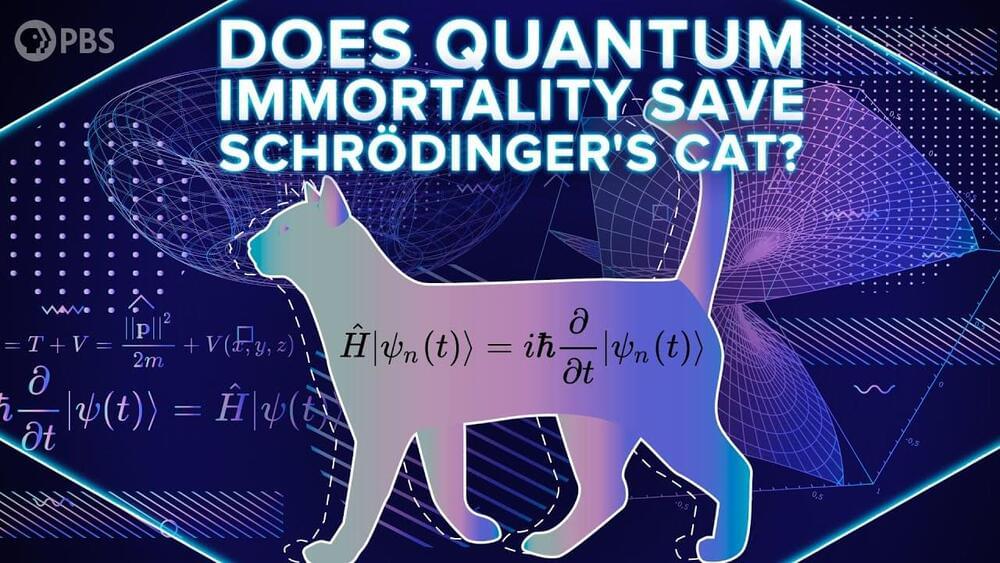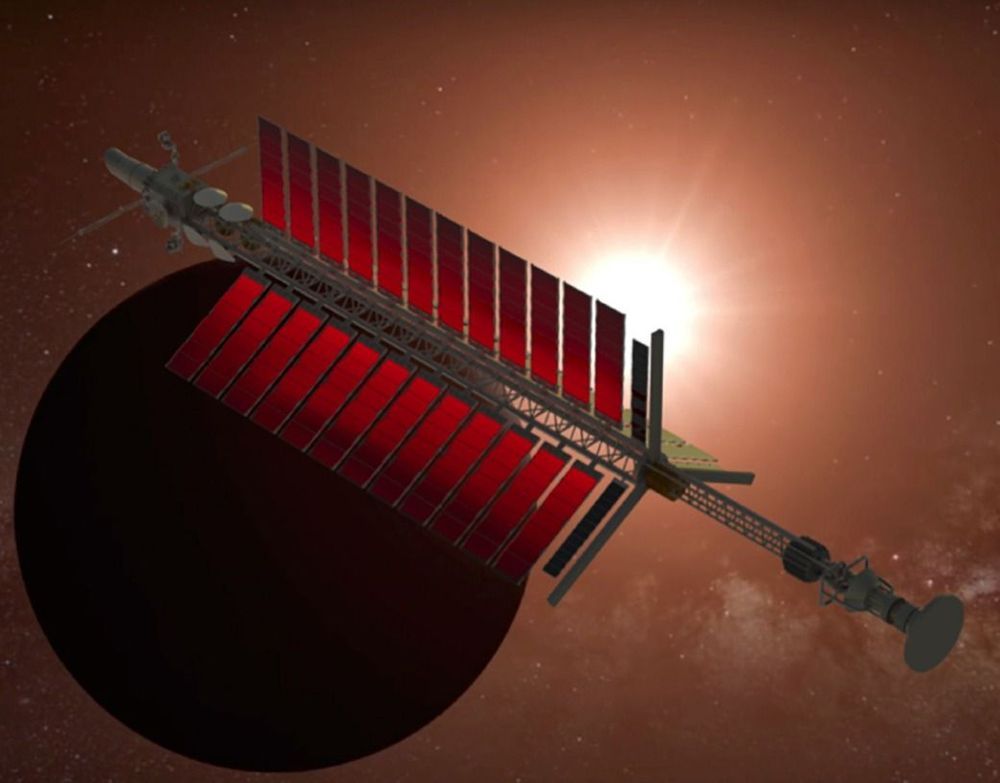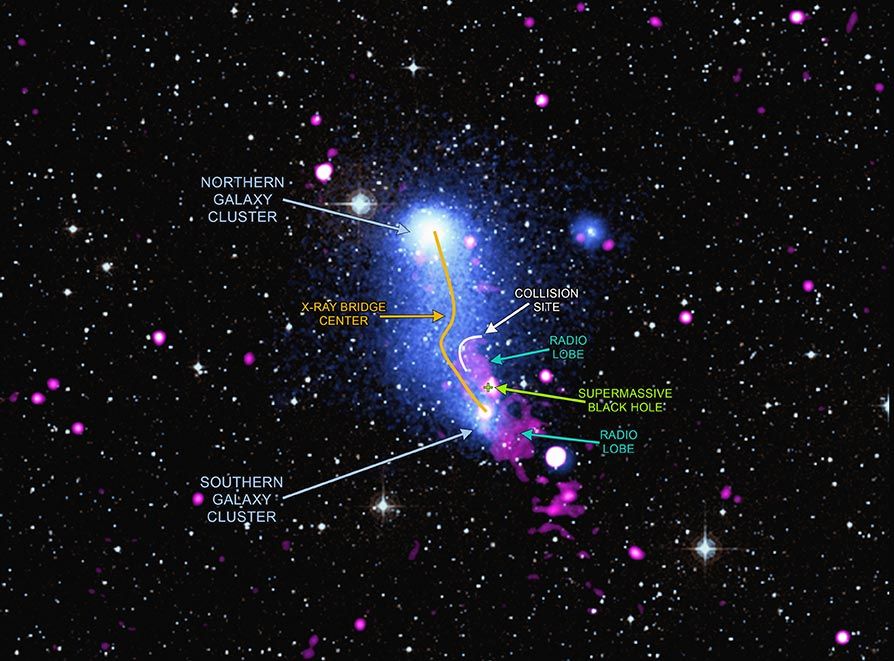May 21, 2020
Producing Axions from Photon Collisions
Posted by Saúl Morales Rodriguéz in categories: cosmology, particle physics
The collision of two intense light beams may produce detectable signatures of dark matter particles called axions.
Axions—hypothetical particles that are much lighter than electrons—could hold the key to important physics puzzles, from the matter–antimatter asymmetry to the nature of dark matter. So far, the strongest constraints on their properties, such as their mass and how they couple to photons, come from astrophysical measurements that look for axions produced by photons interacting with magnetic fields inside the Sun. Now, Konstantin Beyer at the University of Oxford, UK, and colleagues propose a lab-scale experiment based on colliding intense laser beams. The researchers say that, for an important range of axion masses, their approach would be as sensitive as astrophysical searches but much less dependent on hard-to-test models of astrophysical axion-generation processes.
The team’s scheme is a variation of the “light-shining-through-a-wall” (LSW) method of axion detection. In LSW, axions created by a laser beam propagating in a magnetic field would be detected after passing through a wall that shields the detector from the laser photons. The team’s new scheme uses two laser beams, whose collision may produce axions through a light–light scattering process. After passing through the wall, the axions would be converted into detectable photons by a magnetic field.

